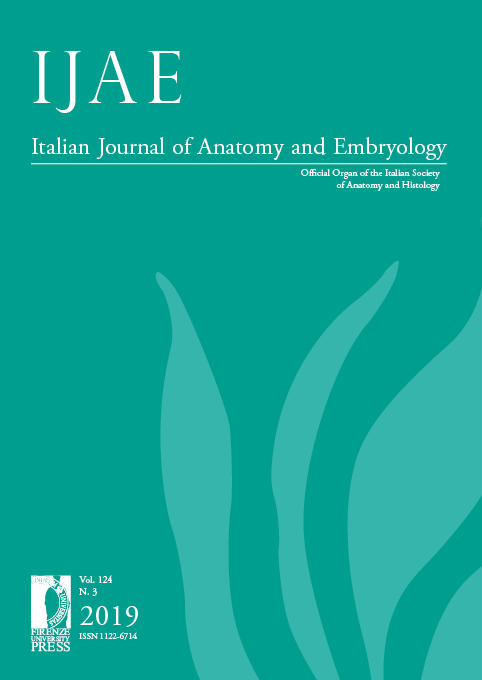Potential ability for implantation of mouse embryo post-vitrification based on Igf2, H19 and Bax Gene expression
Published 2020-05-20
Keywords
- Blastocyst,
- gene expression,
- morphometry,
- morula,
- implantation
- vitrification ...More
How to Cite
Abstract
Vitrification is one of cryopreservation method for freezing cells without ice formation so that biological materials such as sperm, oocyte, or embryo, can be preserved and later can be used for a specific purpose including wildlife conservation efforts. Unfortunately, high concentration of cryoprotectan in vitrification process can cause osmotic stress and has high toxic levels that may affect embryo quality. The purpose of this research is to analyze the quality of post-vitrification embryos at morula and blastocyst stages based on morphometric variable, and Bax gene expression, futhermore potency of implantation of the post-vitrification embryo were also examined based on H19 and Igf2 gene expression. The results showed embryo viability post-vitrification decreased 5.67% and 6.02% in morula and blastocyst. Development ability from morula to blastocyst post-vitrification was also decreased by 10.15%. Morphometry analysis of morula post-vitrification showed decreased values of zona pellucida tickness (ZPT), zona pellucida tickness variation (ZPTV) and blastomeres area, while perivetellin space (PVS) area was increased compared to fresh morula. Blastocyst post-vitrification had increased values of ZPT, ZPTV, and PVS, while in ICM and the blastocoel were also decreased compared to fresh blastocyst. The result of relative levels mRNA of Igf2, H19, and Bax gene show no significant difference gene expression between fresh blastocyst, blastocyst post-vitrification, and morula post-vitrification group.


